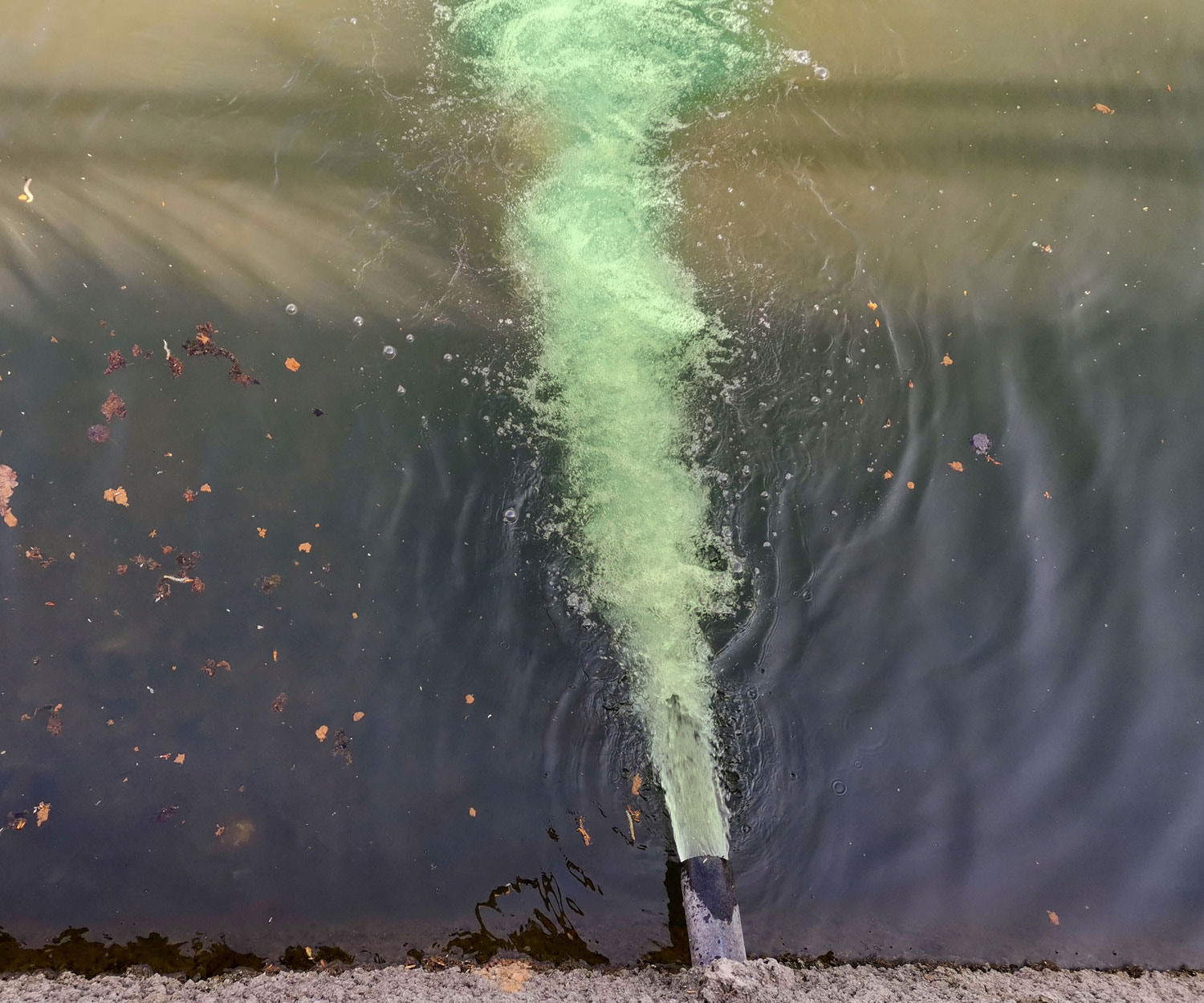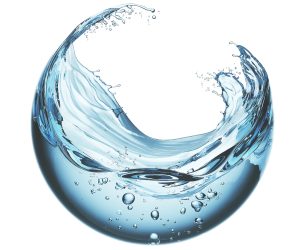Contaminants
Drinking Low Quality Water May Lead to Health Issues
Whatever the causes are for the dangerous quality of many water sources, it is beyond question that ingestion of this water over time may be heavily responsible for health conditions such as high incidences of cancer, gastrointestinal ailments, skin disorders, and neurological issues.
Because this dangerous, transgenerational health emergency is not being effectively remedied by local, state, or national governments, WaterProsper™ is designing filtering systems intended to reduce or eliminate high levels of inorganics. Heavy metal contaminants such as arsenic, selenium, lead, manganese, and iron, as well as many organics, such as toluene, benzene, and PFAS.

Water Contamination Classifications
While water science is complicated and the list of possible contaminants seems endless, the known classifications and their sources are listed below:
Microbial Contaminants
Viruses and bacteria may come from sewage treatment plants, septic systems, agricultural livestock operations, or wildlife.
Inorganic Contaminants
Salts and metals can be naturally occurring, or may result from urban storm water runoff, industrial or domestic wastewater discharges, oil and gas production, mining, or farming.
Pesticides and Herbicides
WaterProsper™ wants to engage the youth and inspire them to believe in their communities and help.
Chemical Contaminants
Contaminants like synthetic and volatile organic chemicals are by-products of industrial processes and petroleum production, and may also come from gas stations, urban storm water runoff, and septic systems.
Radioactive Contaminants
These can be naturally occurring, or may be the result of oil and gas production and mining activities.
Meet The Neurotoxins
Maganese
Fluoride
Chlorpyrifos
DDT/DDE
Tetrachloro-ethylene (PERC)
Polybrominated Diphenyl Ethers (PBDEs)

Arsenic
Lead
Mercury
Toluene
Ethanol
Polychloronated Byphenols (PCBs)
Common Causes with Contaminated Water in the Appalachia Region
Coal Mining
The common link appeared to be contaminated well water that harbored heavy metals such as lead, arsenic, and mercury in toxic levels that far exceeded EPA danger thresholds.
Natural Gas Fracking
During the fracking process, a vertical well is drilled into the shale formation at a depth of at least 3000 feet. The pipe is then directed horizontally along the formation for a distance of up to several thousand feet in any direction.
Industrial Discharge
Toxic discharges from a host of processes and industries are constantly threatening our environment. It is paramount for all water sources, including private wells, to be tested and filtered on a continuous basis.
